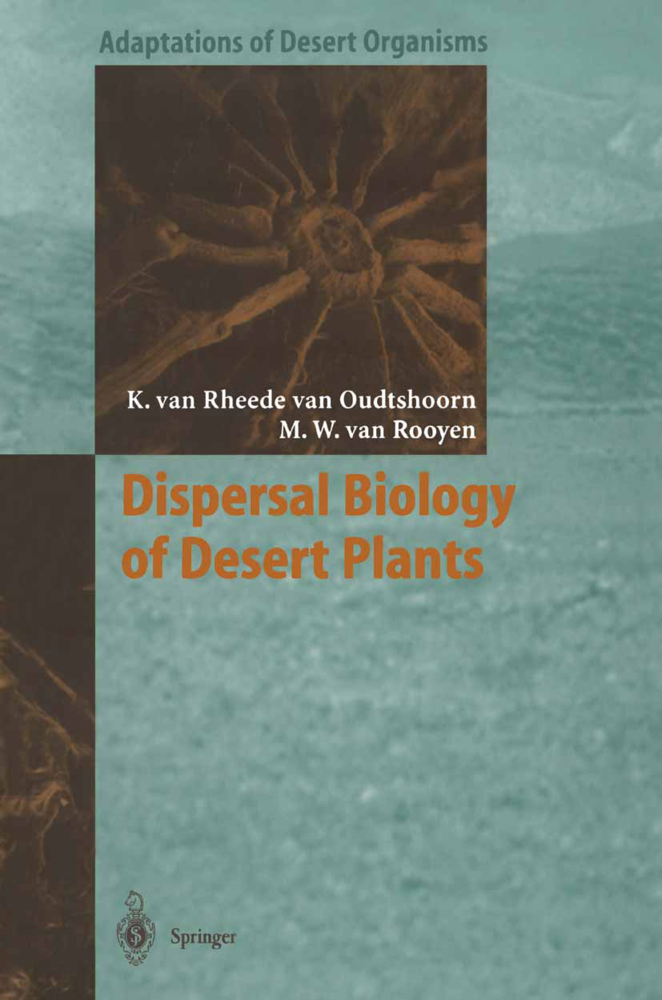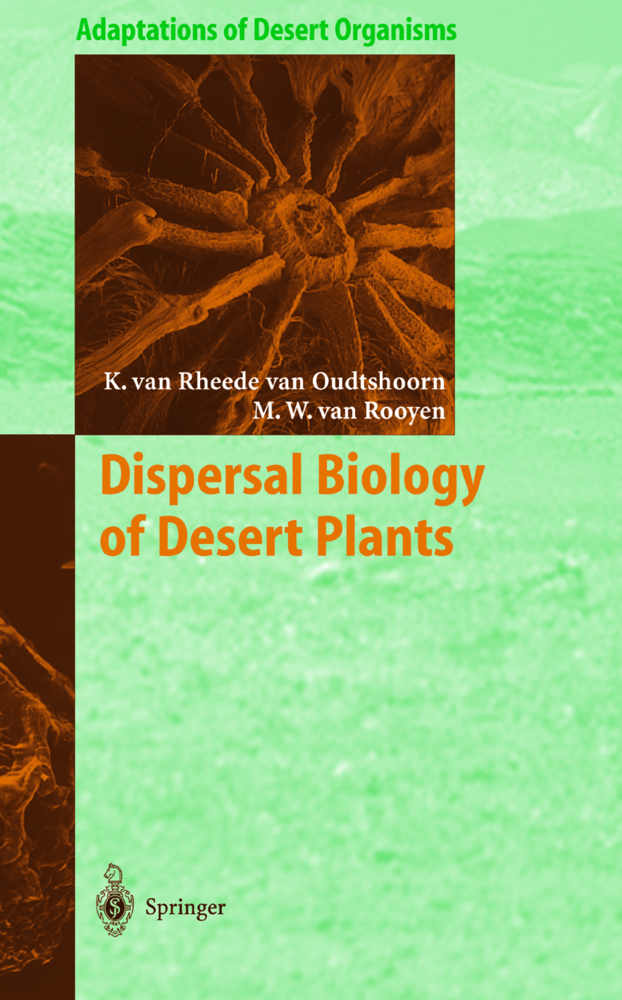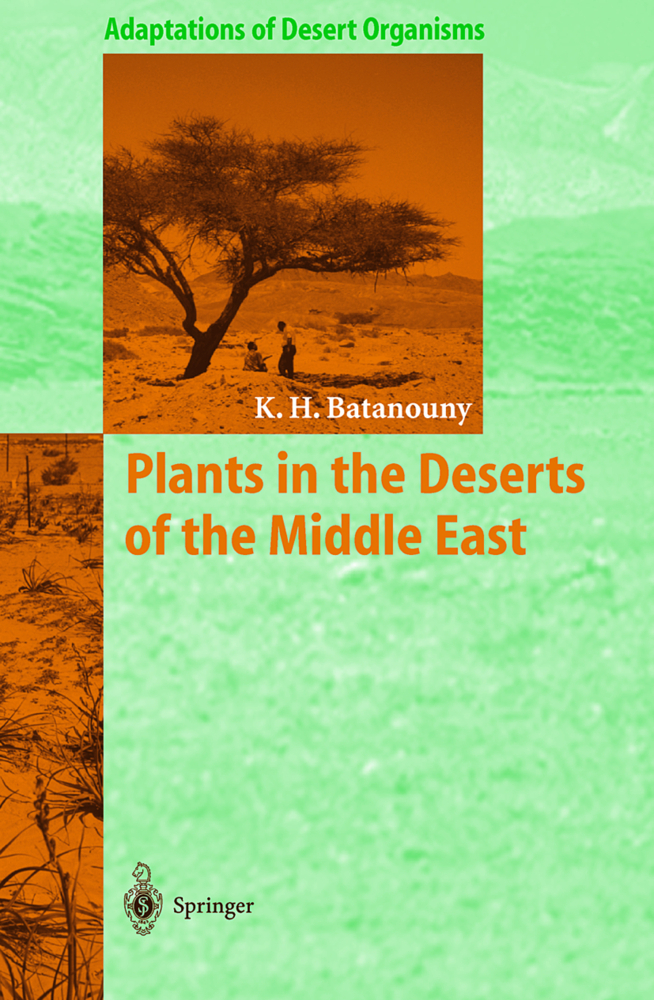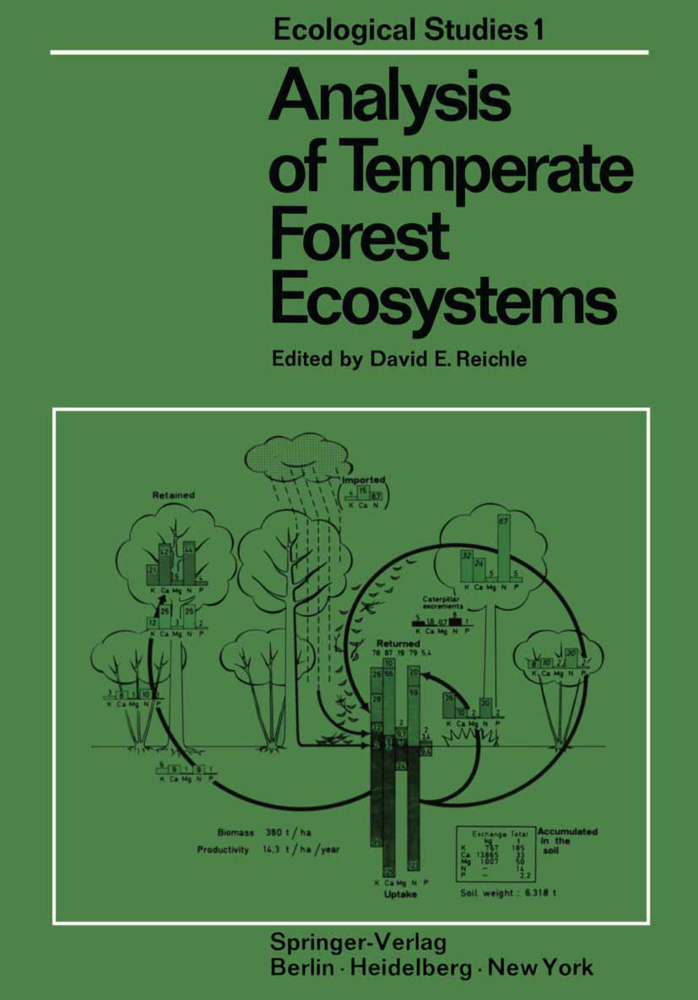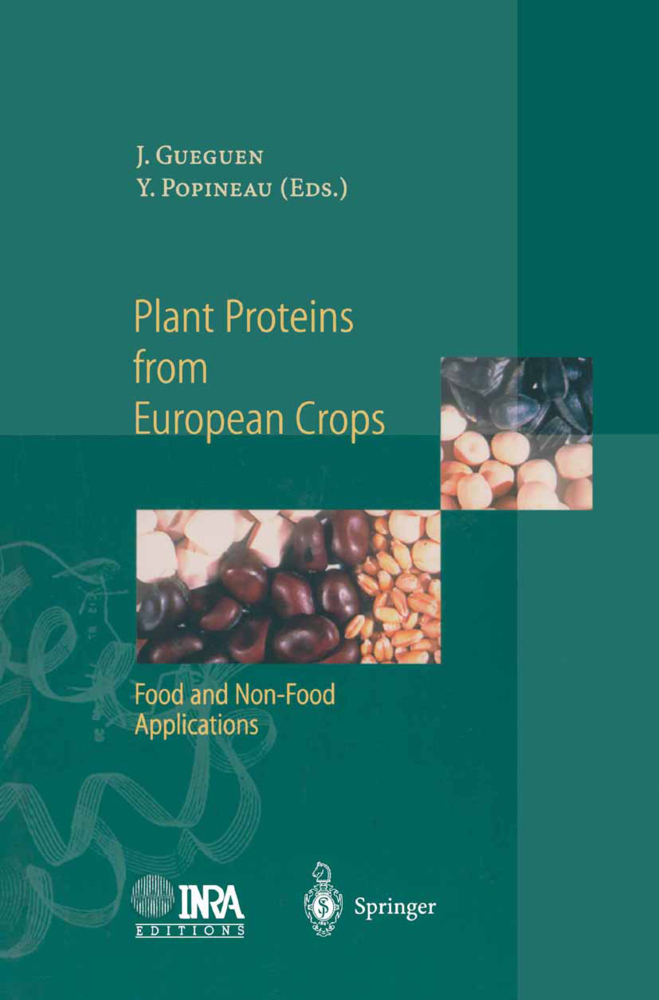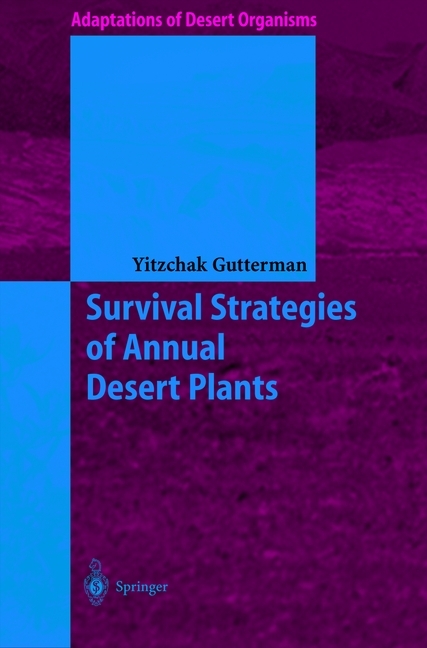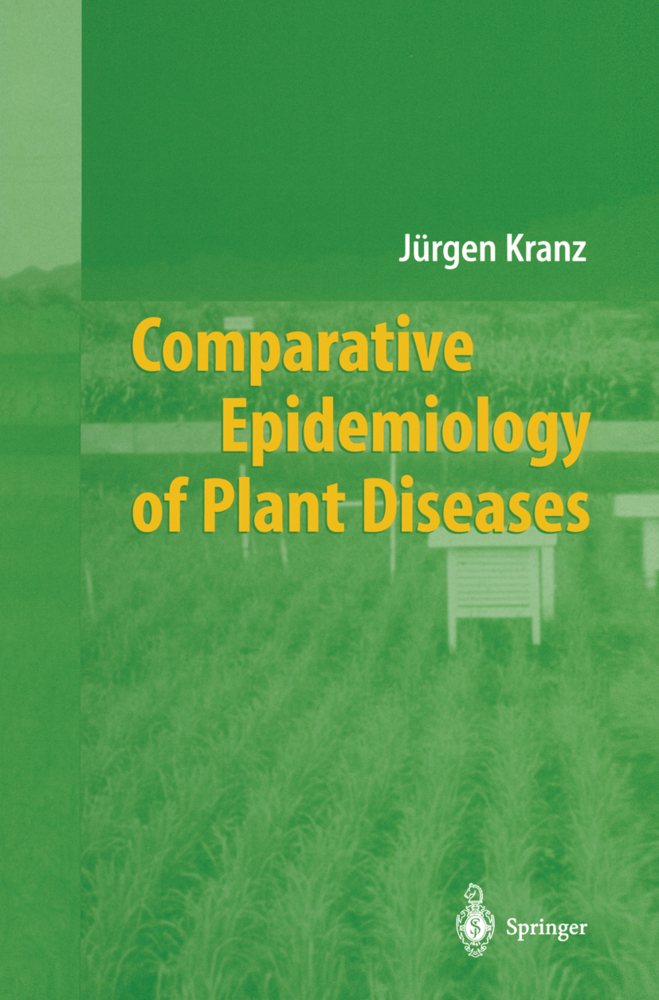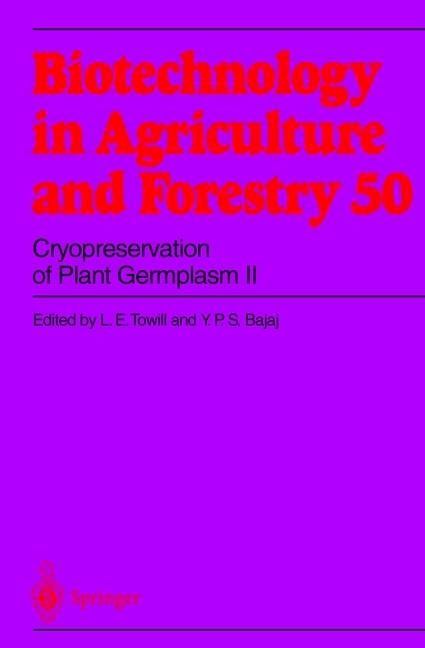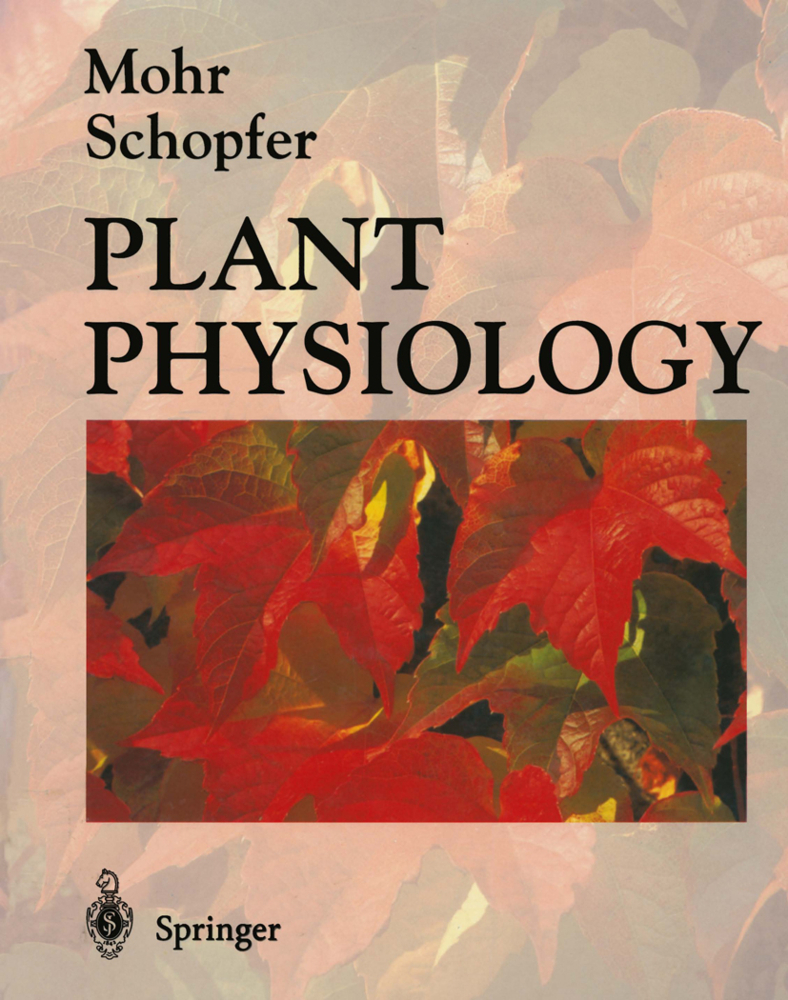Dispersal Biology of Desert Plants
Dispersal Biology of Desert Plants
Dispersal processes have important effects on plant distribution and abundance. Although adaptations to long range dispersal (telechory) are by no means rare in desert plants, many desert plant species do not possess any features to promote dispersal (atelechory), while others have structures that hamper dispersal (antitelechory). The high frequency with which atelechorous and antitelechorous mechanisms are present in plants inhabiting arid areas indicates the importance of these adaptations. Among the benefits derived from these adaptations are the spreading of germination over time, the provision of suitable conditions for germination and subsequent seedling establishment, and the maintenance of a reservoir of available seeds (seed bank). This book describes the ways and means - anatomical, morphological and ecological - by which dispersal in desert plants has evolved to ensure the survival of these species in their harsh and unpredictable environment. Dispersal processes, i.e. those processes occurring between the time of seed maturation and germination, have important effects on plant distribution and abundance. Although adaptations to long range dispersal (telechory) are by no means rare in desert plants, many desert plant species do not possess any features to promote dispersal (atelechory), while others have structures that hamper dispersal (antitelechory). The high frequency with which atelechorous and antitelechorous mechanisms are present in plants inhabiting arid areas indicates the importance of these adaptations. Among the benefits derived from these adaptations are the spreading of germination over time, the provision of suitable conditions for germination and subsequent seedling establishment and the maintenance of a reservoir of available seeds. This book describes the ways and means - anatomical, morphological and ecological - by which dispersal in desert plants has evolved to ensure the survival of these species in their harsh and unpredictable environment.
3 Anemochory
4 Hydrochory
5 Autochory
6 Restriction of Dispersal Due to Reduction of Dispersal Structures
7 Restriction of Dispersal Due to Anchorage Mechanisms
8 Restriction of Dispersal in Time
9 Dispersal Spectra
10 Seed Dispersal and Population Dynamics
References
Index of Plant Names
Index of Animal Names.
1 Background
2 Zoochory3 Anemochory
4 Hydrochory
5 Autochory
6 Restriction of Dispersal Due to Reduction of Dispersal Structures
7 Restriction of Dispersal Due to Anchorage Mechanisms
8 Restriction of Dispersal in Time
9 Dispersal Spectra
10 Seed Dispersal and Population Dynamics
References
Index of Plant Names
Index of Animal Names.
Rheede van Oudtshoorn, Karen van
Rooyen, Margaretha W. van
| ISBN | 978-3-642-08439-3 |
|---|---|
| Artikelnummer | 9783642084393 |
| Medientyp | Buch |
| Copyrightjahr | 2010 |
| Verlag | Springer, Berlin |
| Umfang | XII, 242 Seiten |
| Abbildungen | XII, 242 p. |
| Sprache | Englisch |

